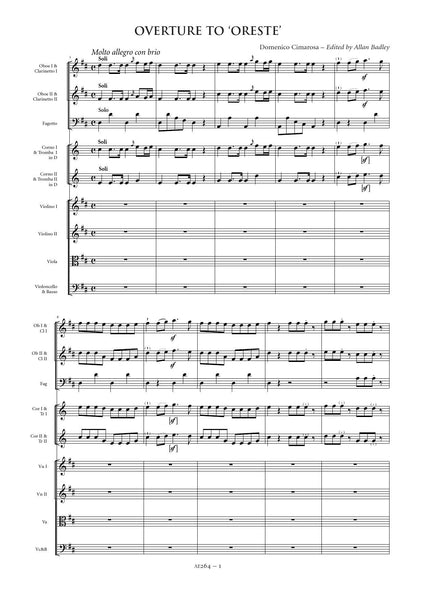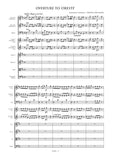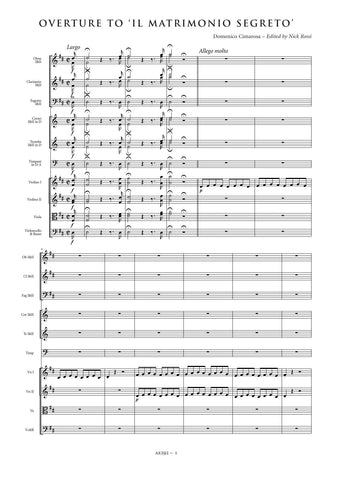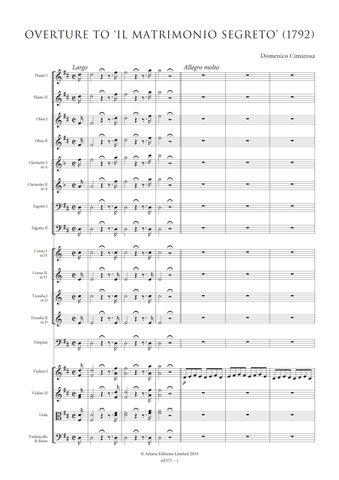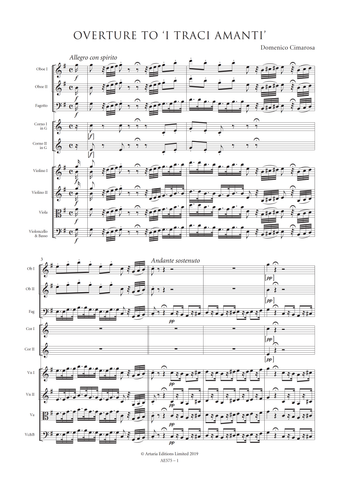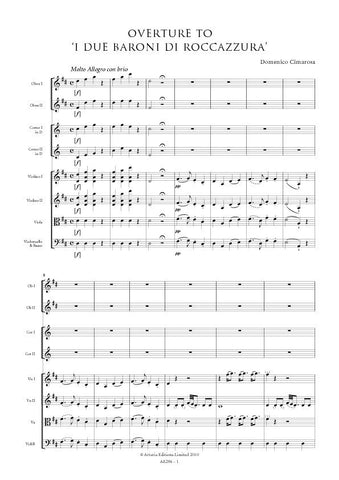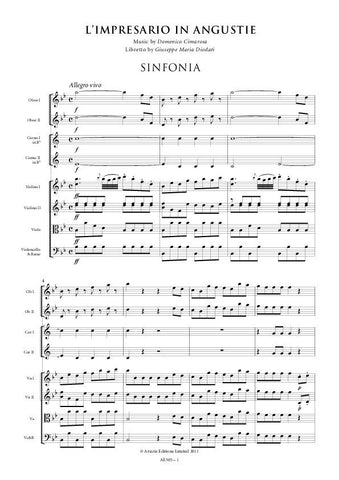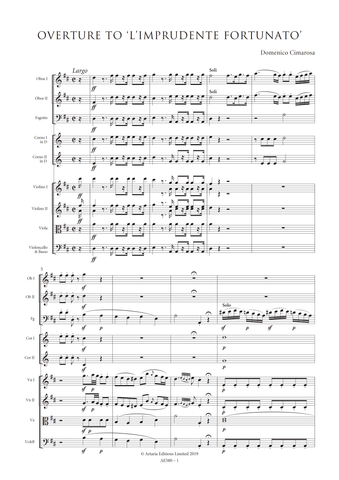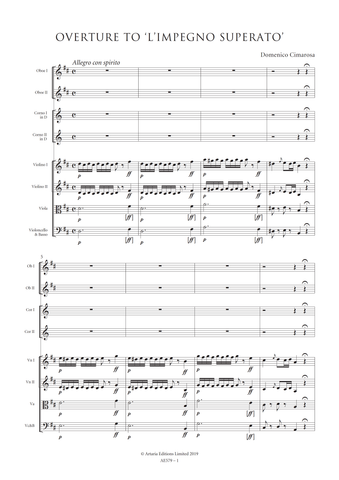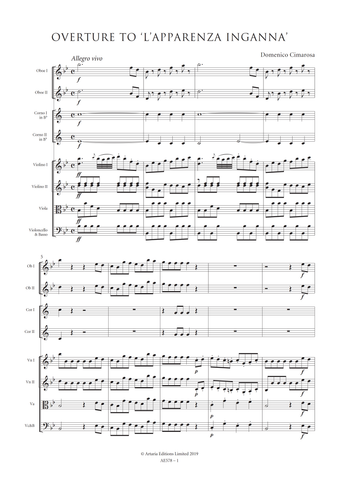Details
|
The story of Orestes was a favourite in ancient art, music and literature. Aeschylus's Oresteia showed its dramatic possibilities and these were exploited further by Sophocles and Euripides. Aspects of the story were also featured in the work of many later European dramatists such as Voltaire (Oreste), Goethe (Iphigenie auf Tauris), O'Neill (Mourning Becomes Electra) and Satre (Les Mouches). Among the famous operatic treatments of the story are Gluck's Iphigénie en Tauride, Handel's Oreste, Cimarosa's Oreste, based on a libretto by Luigi Serio, and of course, Richard Strauss's much later Elektra.
In Serio's libretto for Cimarosa, Oreste swears to follow the Oracle of Apollo which commands that he take revenge for the death of Agamemnone.With the assistance of his sister, Elettra and his friend Pilade, he kills his own mother, Clitemnestra, and the adulterer, Egisto. Nearco, an Arco leader, takes his revenge on Elettra – who has scorned and refused his professed love – by making the state aware of Oreste's traitorous act (the murder of his mother), an act whose fatal consequences are corroborated by Menelao, father of Erminoe, Oreste's wife. Though Oreste is condemned to death, the Oracle commands his release and elevation to the throne.
Oreste opened on 13 August 1783 at the Royal Theatre of San Carlo in Naples to celebrate the Queen's name-day, and played for a total of nineteen performances between the opening night and 15 October. There are no further productions or performances on record, although eighteenth-century manuscripts of Oreste in Paris and Lisbon suggest the possibility that productions were mounted in those cities.
While the holograph manuscript in Cimarosa's handwriting (the recitatives are, as always, in another's hand) clearly divides the opera into two acts, the libretto for the first performance clearly states that the opera is in three acts.What was actually performed at the prima is thus open to question. The holograph manuscript – whose title pages reads 'Napoli, S. Carlo 1783' – is one of two eighteenth-century manuscripts of this opera in that library's collection. The other is a copy in three acts which implies that some performances, perhaps even in Naples, were indeed in three acts. In this latter version, the third act is very short, consisting of only a few scenes.
Cimarosa again practises self-borrowing in his overture to Oreste, extensive self-borrowing, since the entire first part (some 178 bars) is an exact repetition of the first part of the overture he had written a year earlier, in 1782, for his oratorio Giudetta (Judith), a work composed, as he himself wrote, 'for the virtuous young ladies of the music conservatory in Venice known as l'Ospedaletta' where Cimarosa was not only a maestro but was an active choral instructor.
This edition is based on the holograph score preserved in the library of the Conservatorio di musica S Pietro a Majella, Naples. As is the case with all Cimarosa's autograph material the overture to Oreste shows signs of having been composed at breakneck speed. Every conceivable notational shortcut is taken and his placement of articulation and dynamic markings is erratic. It has been necessary, therefore, to frequently interpret the composer's intentions and even at times to impose an editorial solution where his own thoughts are not clear. In making sense of Cimarosa's score the style and notation of articulation and dynamic markings have been largely standardised throughout, and, where missing, markings have been reconstructed from parallel passages. These are indicated by the use of dotted slurs or brackets where appropriate. Obvious wrong notes have been corrected without comment; editorial emendations with no authority from the source are placed within brackets.
Nick Rossi
Allan Badley
|




